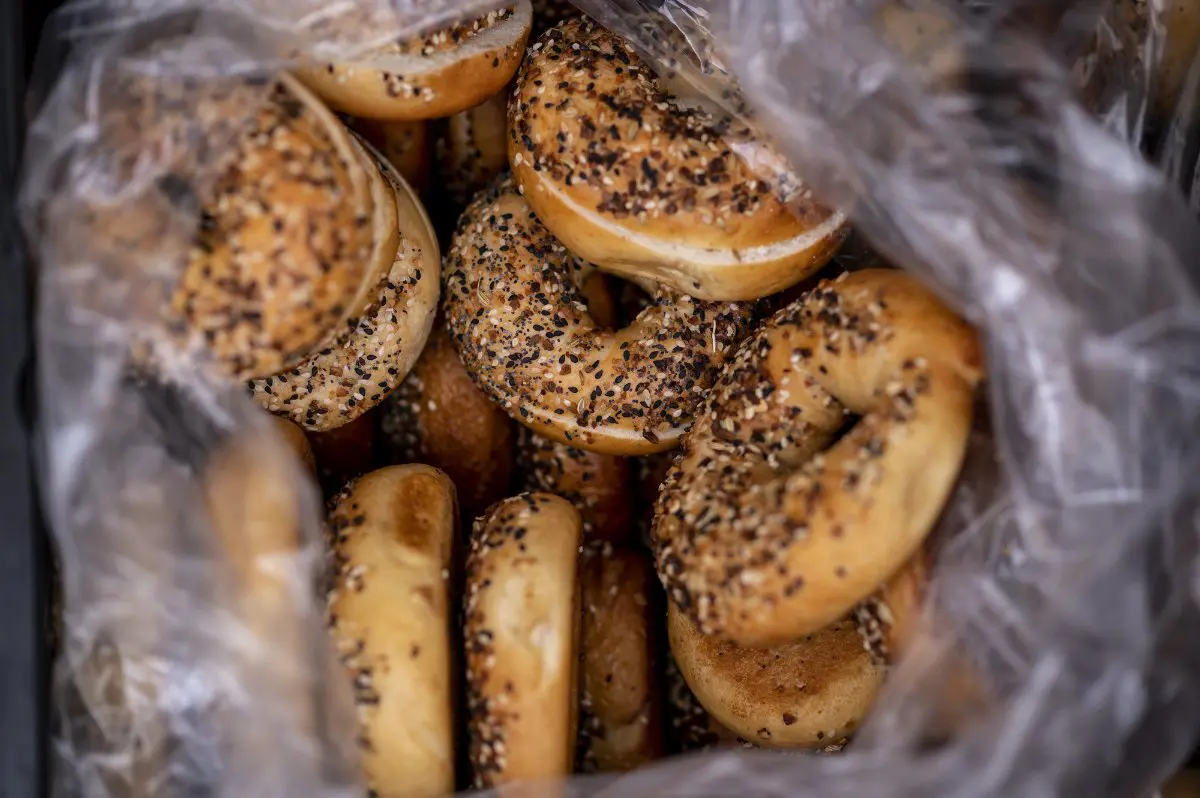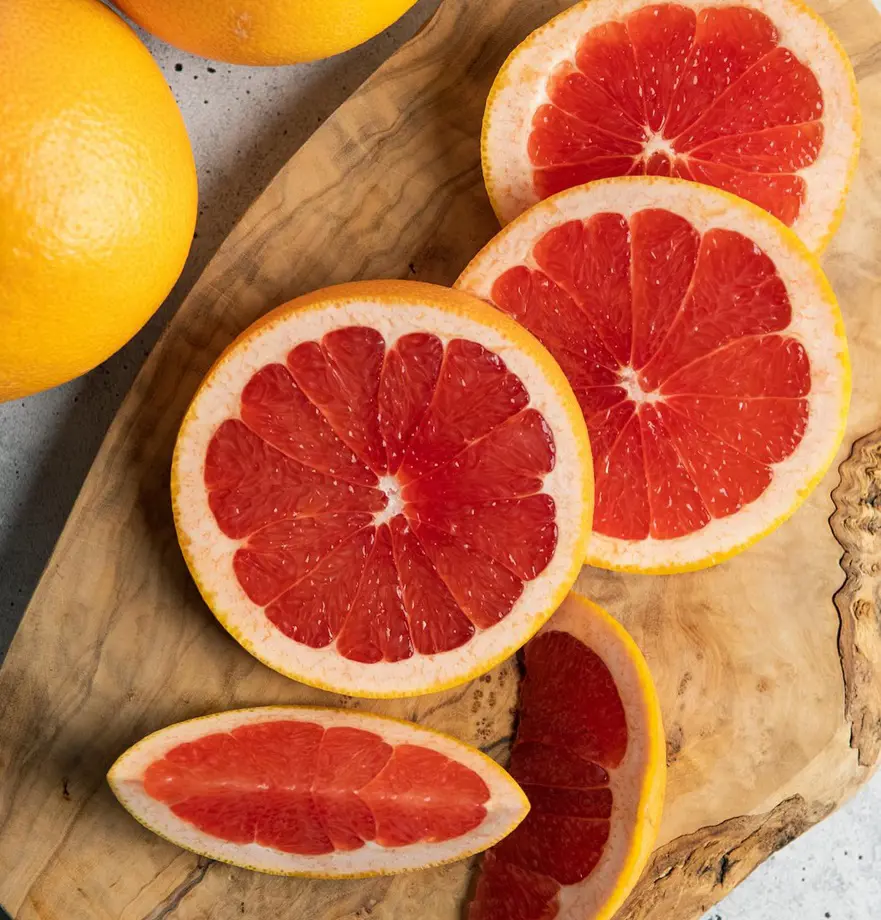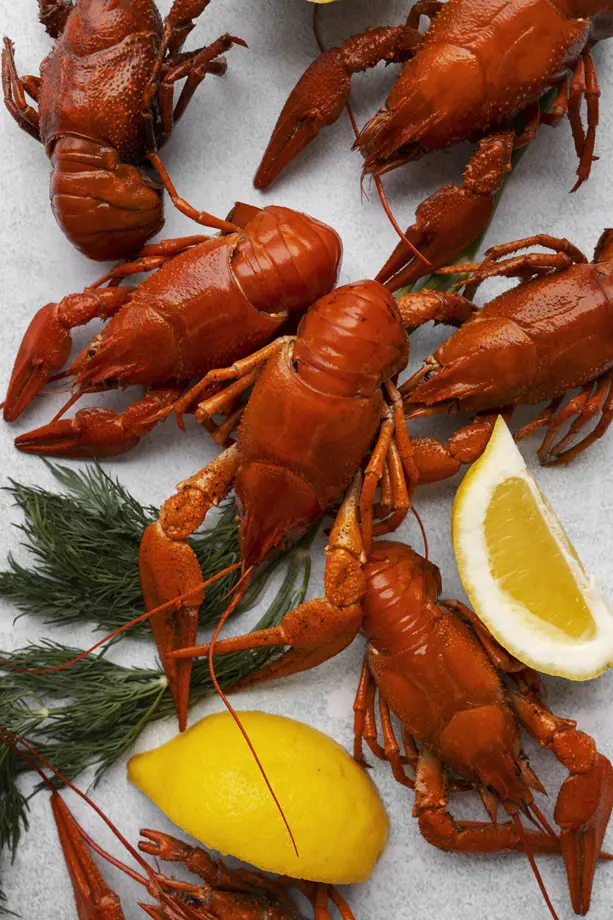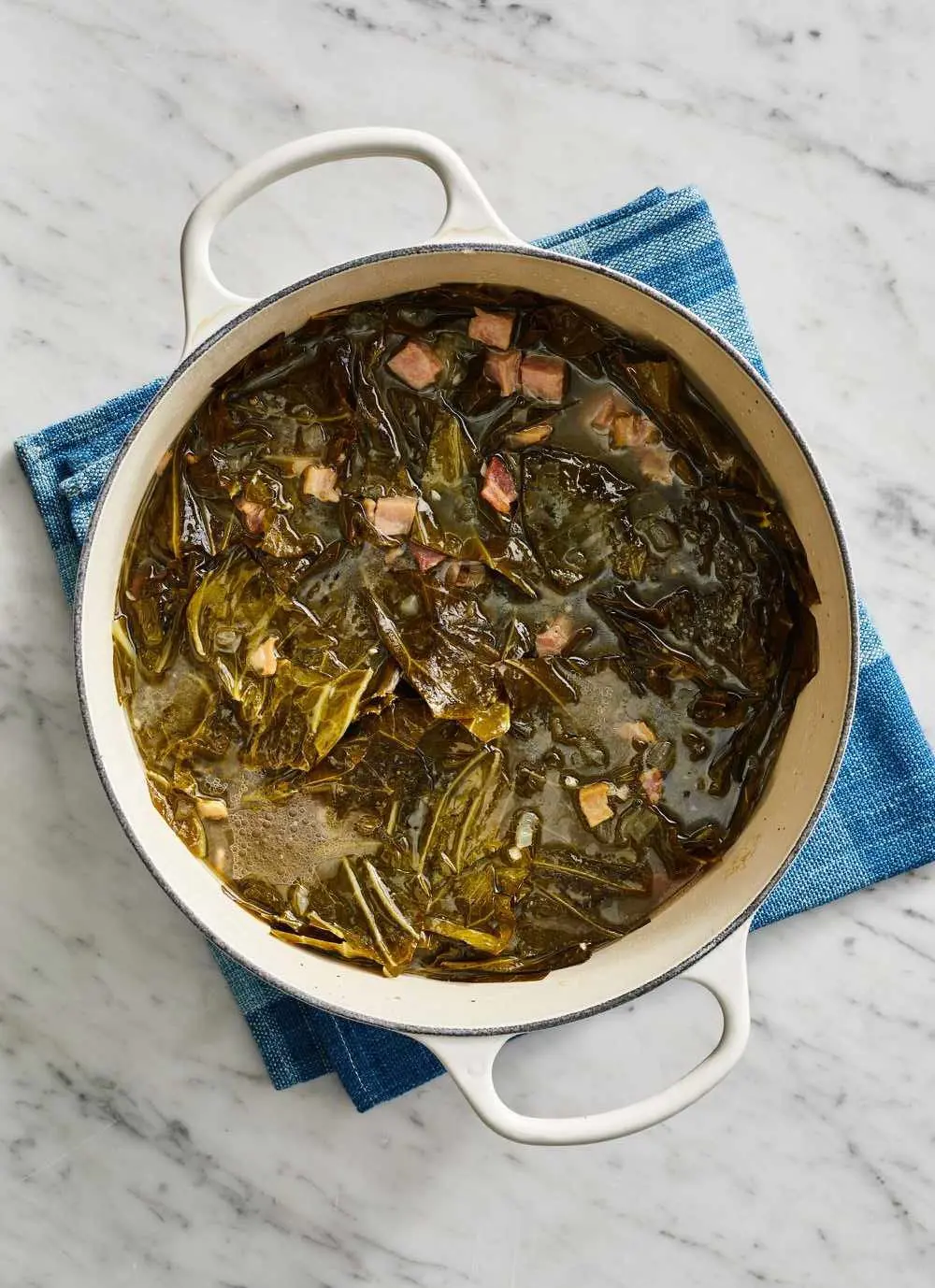How To Tell If Salmon Is Bad?

One of the many delicious meals out there in the world, salmon is a great choice for many. Highly rich in protein, and essential vitamins like B12 and D, salmon is a go-to meal for many kitchens. It's easy to prepare but is highly perishable.
Salmon can go bad if not stored or handled properly. No one wants a bad experience while taking this mouth-watering meal and to avoid such a scenario, we have come up with ideas that will let you identify salmon that has gone bad. We have also included the best methods for their storage in the long term.
What Is A Bad Salmon?
Various qualities can be looked up to tell whether the salmon has gone bad or not. It can be characterized by a bad odor, any discoloration of flesh, and a very bizarrely bad texture.
After analyzing these certain benchmark factors one can easily be able to determine whether a salmon has gone rot or not. One of the prime reasons behind spoilage is surely improper storage and bad handling.
Exposure to the normal atmosphere also contributes to the development of harmful bacteria in salmon which is not in our hands to control. After the bacterial infection, the salmon eventually goes bad and will be unconsumable.
How To Choose Right Salmon?
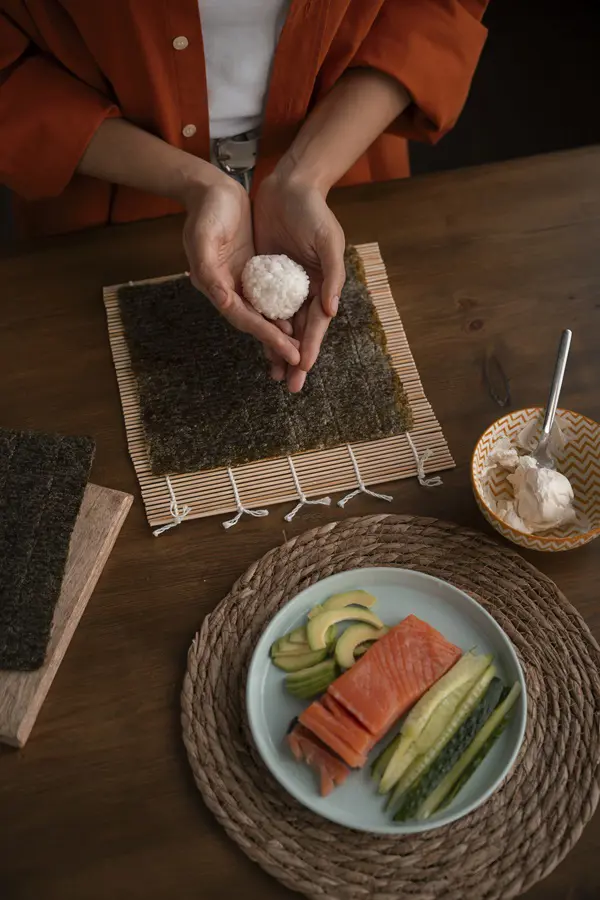
Salmon is one of the most popular meals across the world, and it fits any occasion. Being a versatile and nutritious choice of meals, selecting a good salmon that matches the good taste and enlightens the occasion can be crucial as nobody wants a bad meal experience.
Choosing a deep orange-to-pink-colored salmon is important, as this color indicates a fresh salmon. Any sort of dull or pale appearance must be avoided. If the skin is intact, then it must maintain its metallic sheen, and when gently pressed the flesh should be firm. The soft or flaky texture of the skin is a red flag. If you detect any sour odor, it's best to omit the use and most importantly, you must ensure that packaging is intact with no damage or leaks.
How To Tell If Raw Salmon Is Bad?
Many of you might have stored for a few days or could be getting salmon for the first time. If you are not sure how to determine or identify whether salmon is bad or unsafe to eat, you can consider the following important factors:
1. Appearance and Color
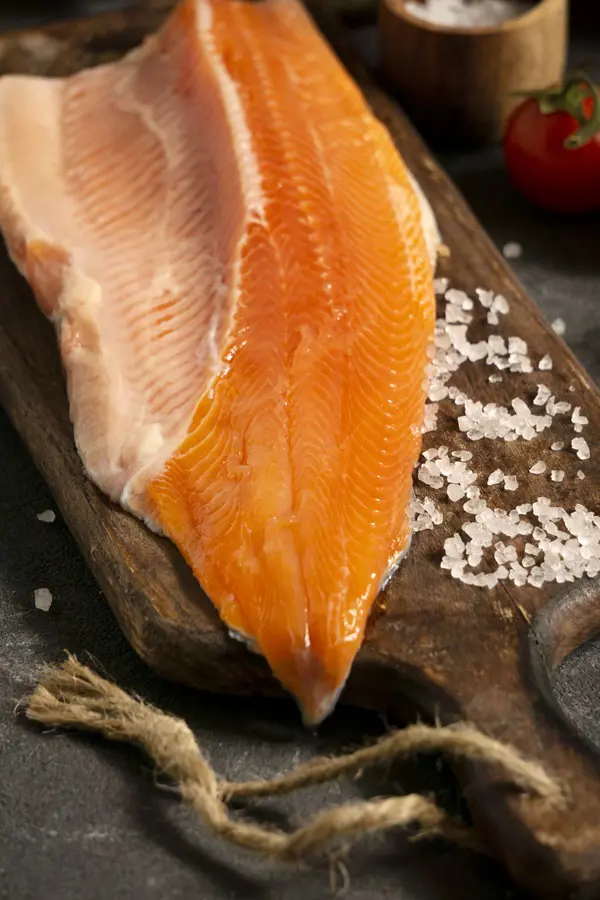
A fresh salmon must be easy to identify as it contains vibrant even colors that can range from deep orange to pink, depending upon the type of salmon.
The flesh however must be either moist or slightly translucent. Any dullness, grayish, brown dark spots, or patches are strong indicators that the flesh is no longer safe to eat.
Altogether, you must strongly check upon these factors as appearance gives it away and your eyes must be pretty much sharp enough to detect any changes in the appearance.
2. Texture
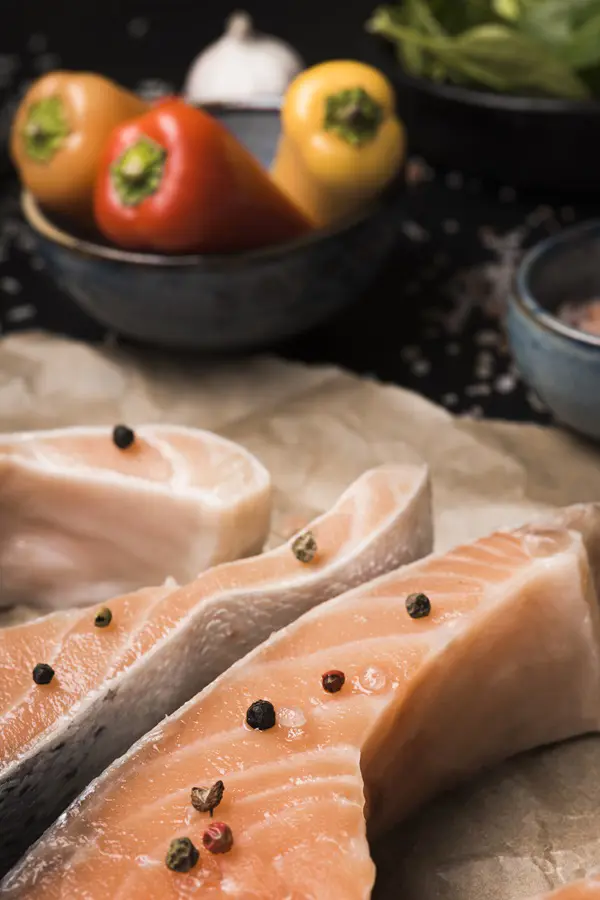
One of the various factors you can determine to identify the bad salmon is by identifying its texture. A fresh raw salmon must be firm to touch, with a slight slick, but not slimy surface. The flesh must bounce back gently when pressed.
Any stickiness, or mushiness while pressing must be discarded as it is a clear red flag. You can experience this texture procedure and can be able to determine whether the salmon is fresh and full of quality or not.
3. Smell
A fresh salmon should be easily detectable as it must be clear and reminiscent of the sea, without any string fishy odor. If it throws a hard pungent, sour smell, or reminds of ammonia or other unpleasant scents, this must be a clear sign that it has gone bad.
Smell is a strong indicator, it is up to you also how good your smelling senses are and whether you can identify the bad salmon by following the mentioned procedure.
4. Expiration Date
One must always pay detailed attention to the packaging as it contains probably the most important information i.e. "Expiration Date". The date must give a general idea of how long the salmon might stay fresh.
This date signifies the end of the recommended consumption period for the product so it's better to discard the salmon as the mentioned period ends. For example, if the packaging states best before 5 days, and it's already been 5 days, the salmon is not safe to consume.
How To Tell If Cooked Salmon Is Bad?
We have given you insight into determining the bad raw salmon. However, identifying the cookie salmon can be a tricky job. Even after cooking, salmon can still go bad if not stored or handled properly.
With the addition of ingredients, it can be a hard job for one to determine if the cooked salmon has gone bad or not. You can look up the following key signs that can help to determine whether your cooked salmon is no longer safe to eat or not.
1. Appearance and Color
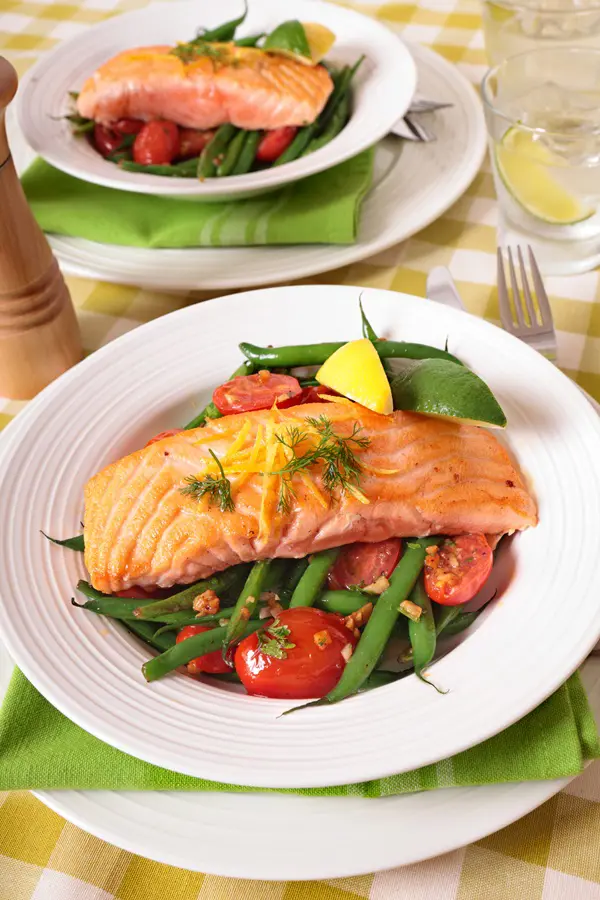
Any cooked item is sure to change its original form, or say color. Cooked salmon will naturally transform its color and must retain a uniform appearance.
It must have a light pink to opaque orange-pink color depending upon the type.
The flesh should appear more solid and evenly colored. If any unusual dark spots, dullness, or change to grayish or greenish hue, it's best to discard the fish.
2. Smell
The smell of a nicely cooked salmon should be aromatic and appetizing. It can have a slight fishy scent, which is natural for any seafood type but it must not be overpowering or unpleasant.
Sting fishy, sour, or ammonia-like smell after cooking is a sign that fish may have gone bad before cooking. The nice cooked salmon must generate hunger in you and instead, if it gives you a gross feeling then it is unsafe to consume.
3. Texture
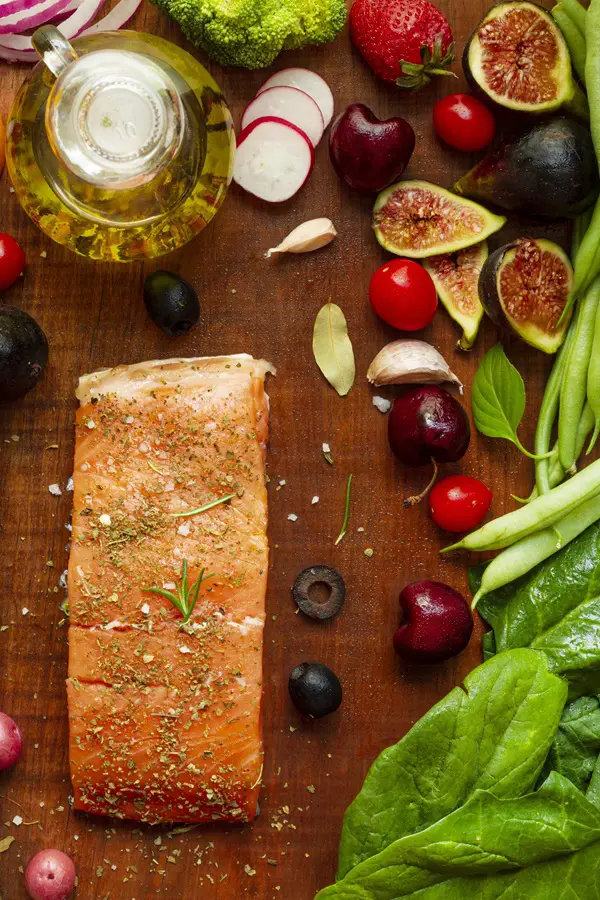
Cooked salmon must be flaky, tender, and moist. The flesh must separate into tender, moist layers which must indicate that it has been cooked to the required degree.
Any sort of slimy or sticky texture on the surface is a major indicator that the salmon is no longer safe to eat.
Properly cooked salmon must be tender and also have a slight firmness to it. On the other hand, any sort of tough or rubbery feeling indicates that the salmon is overcooked.
How Long Do Salmons Last?
Buying food items in bulk and storing them for later usage is the tendency that many of us follow to save time and money in this fast-paced modern world.
Salmon is a popular nutritious food, which also falls under the category of buying items in bulk and storing them as per convenience. It's also important for you to have insight into how long you can be able to store it so it does not go bad and you can enjoy it at your given convenience.
Refrigerated Raw Salmon
For optimal freshness raw salmon can be stored for up to 2 days to obtain the required freshness and also not lose its nutritional value.
The risk of bacterial infection tends to increase after this period which we cannot minimize later. You must store the salmon as soon as you bring it from the store. 40°F (4°C) is an ideal temperature in the refrigerator for the salmon to be stored perfectly.
You must also have an insight to keep salmon in tightly wrapped containers so there is no water spoilage and also to prevent air exposure and contamination.
Frozen Salmon
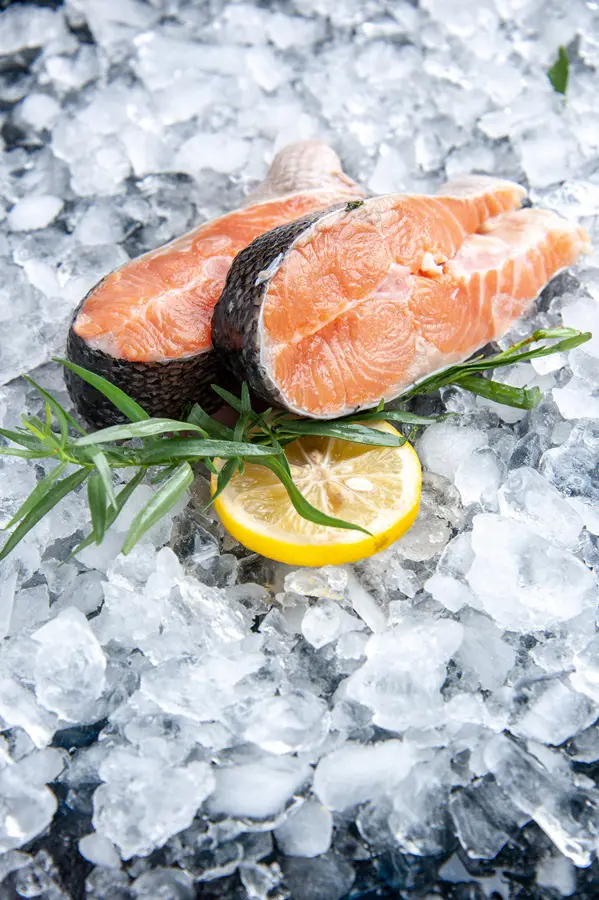
If you feel like you have to store salmon for a longer period at your convenience then freezing is the best option.
Fresh, raw salmon can be safely frozen for up to 6 months without significant loss of quality and loss of nutrients and protein.
Before initiating the freezing procedure you must have the insight to get salmon wrapped in tight plastic wrap or aluminum foil and must place it in a freezer bag or an airtight container to prevent any freezer burn. 0°F (-18°C) is an ideal temperature to maintain the salmon's freshness and its quality.
Cooked Salmon
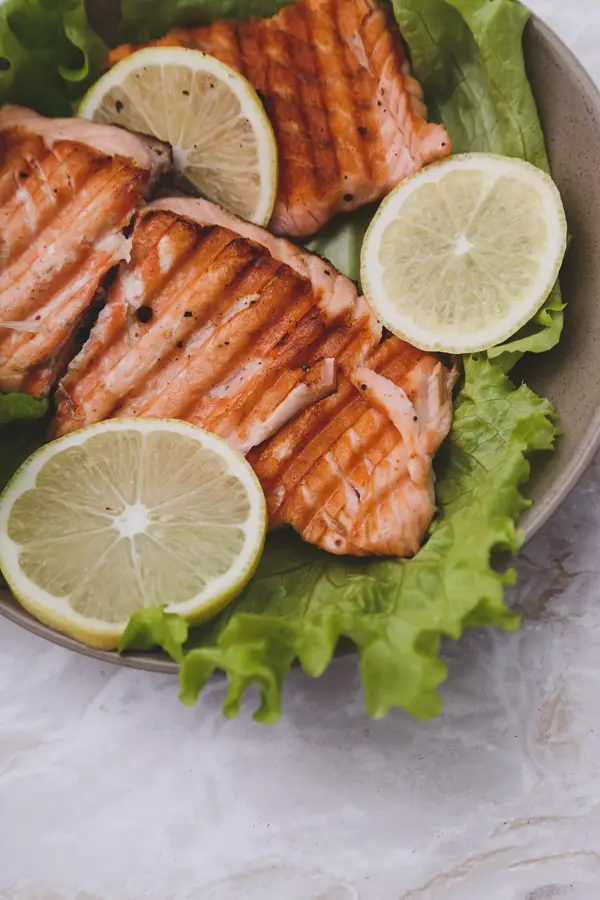
The cooked salmon can be stored for up to 4 days in the refrigerator if maintained at the ideal temperature and condition.
You must have a sound knowledge of wrapping and keeping it in a tightly sealed container so that it does not come with air exposure that prevents any sort of bacterial growth. 40°F (4°C) or below is an ideal temperature for the refrigerator to be maintained so that it does not lose its quality and nutrients.
The Best Way To Store Salmon
There can be various methods that certain people might come up with for salmon storage. The methodologies can vary from person to person. Sometimes, small mistakes can compromise the freshness and quality of salmon.
For instance, you might be placing your salmon in a loosely covered container or might be simply covering it with a plate inside the fridge. You might seem this is fine but a lack of proper sealing, that allows air to circulate can damage the quality of the food. Bacterial growth is a prone thing after such a scenario, which will ultimately spoil the fish affecting its quality and safety.
Whether you plan to use it soon or later, here's the best way to store it.
Short-Term Storage
If you plan to use your salmon within a day or two, then storing it in a refrigerator is the best of option.
To follow this procedure you must place salmon in an airtight container or wrap it tightly in plastic wrap, ensuring no air can get into the surface. 40°F (4°C) or lower is an ideal temperature for the fridge to get the freshness of the salmon.
You must make sure to store it in the coldest part of the refrigerator, and away from the door area where the temperature fluctuates.
Long-Term Storage
If you plan to use your salmon for a longer period, then freezing is the best of option. You must first wrap the salmon tightly in plastic wrap or aluminum foil, and then place it in a freezer bag or an airtight container.
0°F (-18°C) or lower must be an ideal temperature for the freezer to get the freshness of salmon. You can also keep track of how long it's been stored by labeling the package with the stored date so it does not go bad.
What Happens If You Eat Spoiled Salmon?
We've all been there once or twice -in any of our given periods, sitting to enjoy the delicious salmon and might have noticed something isn't right.
That's because you accidentally might have consumed the spoiled salmon and you don't wanna repeat this awful experience.
Salmon is a delicious and nutritious part of many diets, consuming it past its prime can invite serious health hazards. By not being cautious many of us might end in the situation of consuming the bad salmon and regret it later.
Symptoms You Might Experience

Nausea and vomiting, diarrhea, abdominal pain and cramps, fever, fatigue, and weakness are some of the unpleasant symptoms one can experience after a bad salmon experience. In severe cases, you might need to get hospitalized or take any strong medications for a speedy recovery.
What To Do After Eating A Spoiled Salmon?
If you get the symptoms and suspect you've eaten spiled salmon, it's important to take steps to mitigate the effects and speed up your body's recovery.
1. Hydrate
Dehydration is the common risk that is followed after severe vomiting and diarrhea. Your body must maintain enough fluid levels to generate energy for a speedy recovery.
You must drink plenty of fluids rich in electrolytes like coconut water, energy drinks, natural fruit juices, or oral rehydration solutions.
You must strictly avoid anything like alcohol, sugary drinks, and caffeine as they worsen dehydration.
2. Rest
After such severe symptoms, your body needs plenty of time to gain energy and recover. You must not be engaged in heavy physical activities that tend to worsen your recovery process.
You must avoid any strenuous activities and must give your body a chance to heal. Resting surely will help to conserve the energy that your body needs to fight off the infection.
3. Eat Lightly
After experiencing such severe symptoms, your appetite might be reduced, if you can eat, you must stick to light, easily digestible foods.
You must not consume spicy foods, or anything fatty or acidic, as this can irritate your stomach system. You can intake light-calorie food like simple toast, rice, or bananas.
4. Consult A Doctor
If even after your normal home remedies, you experience severe symptoms such as high fever, prolonged vomiting, or still signs of dehydration, you must not delay in booking a doctor's appointment.
They may prescribe you medications such as antibiotics or anti-parasites to help you fight off your infection.
While it's important to know what to do if you've eaten spiled salmon, prevention is the best of approach. So, that you never end up in the scenario of eating a bad salmon and can always have a delightful experience eating this mouth-savoring dish.
Recent posts
Lifestyle
Lifestyle
20+ At Home Remedies For Nausea
Nausea can affect any of us, any time of the day. Though nausea has unexpected timing, fortunately, there are several natural and simple home remedies that are effective in healing the discomfort. From foods that help calm the stomach to breathing te...
Lifestyle
15 Home Remedies to Relieve Heartburn Naturally
Heartburn, that uncomfortable burning sensation in your chest, can be a real pain. But don't reach for antacids just yet. There are several natural remedies that can help relieve your symptoms. From simple dietary changes to soothing herbal tea...
Lifestyle
20 Natural and Home Remedies to Get Rid of Toothache Pain Fast
Dealing with tooth pain can be distressing, whether it's from decay, infection, or other dental issues. While waiting to see your dentist, simple home remedies can offer temporary relief. From applying a cold compress to rinsing with salt water or si...
Lifestyle
Expert Ways To Eat Poppy Seeds
Poppy seeds are small yet powerful because of their nutty taste and crunchy texture. Mild and gentle addition to any dish, they are a staple ingredient in cuisines around the world; you can find them in curries in India and in baked goods in Europe. ...
Lifestyle
How To Cut and Eat Grapefruit? Most Delicious Ways
Juicy and wonderfully nutritious but with the hassle of preparation, these are what grapefruits are perceived as! The effort it seems to take to enjoy this fruit makes us even walk past it at the store. But, we got you here, with smart cutting techni...
Lifestyle
How To Eat Crawfish The Right Way
A crawfish is a small crustacean that resembles a tiny lobster. Though small in size, this freshwater creature is equally delicious as any other seafood, they are tender, sweet and a little salty. Enjoying crawfish may seem challenging as they are ti...



